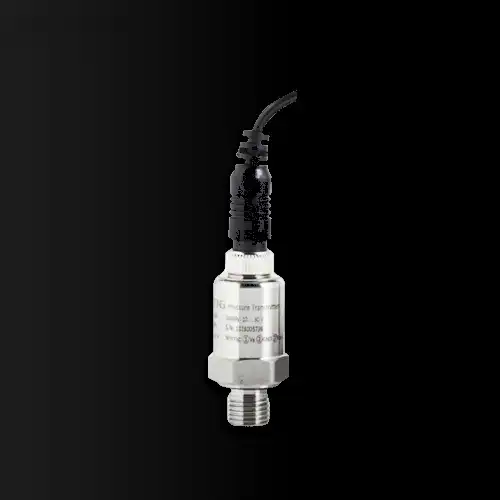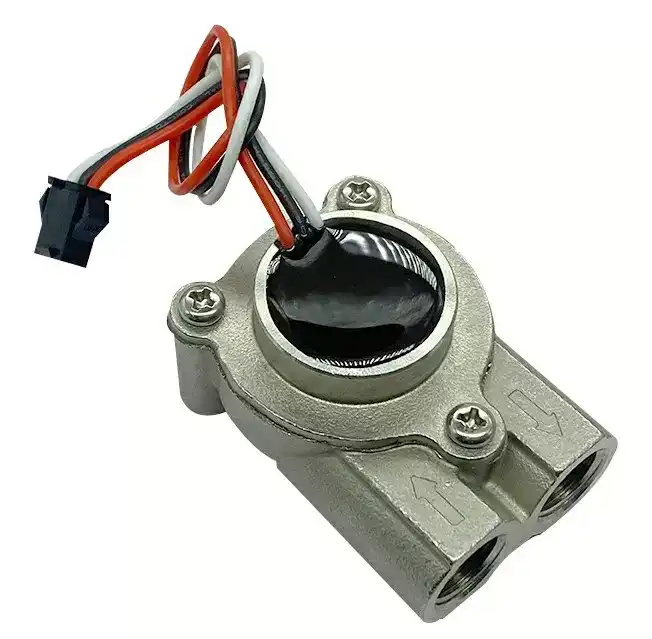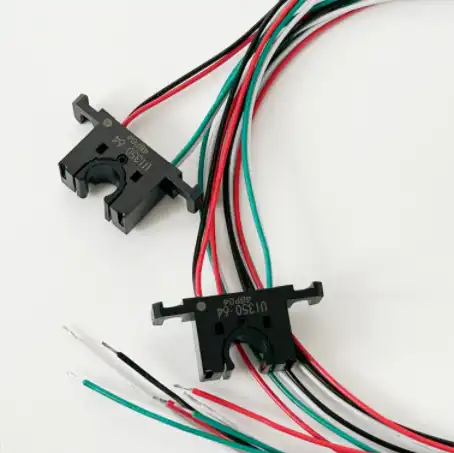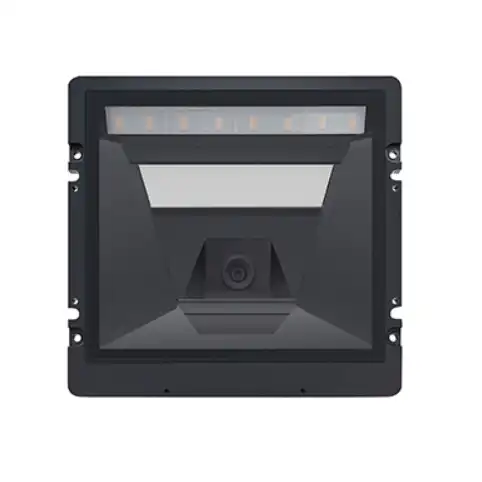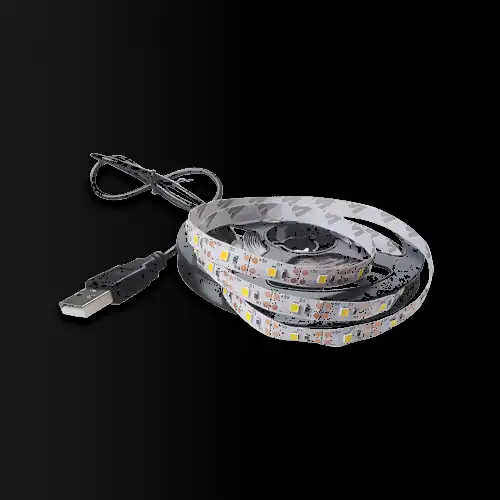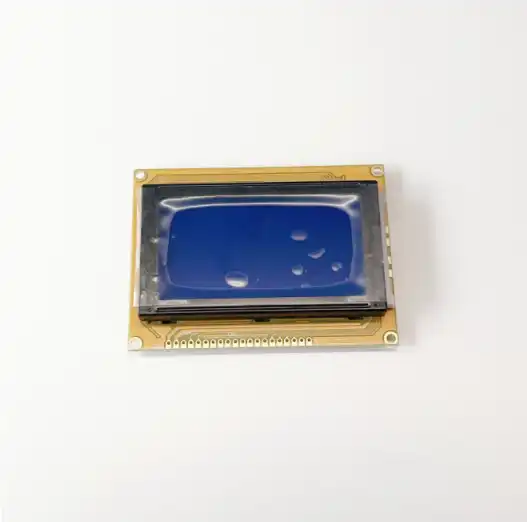What is Vending Machine Coin Acceptor?
2025-01-07 09:18:15
Vending machines have turned into a fundamental piece of our regular routines offering comfort and openness to many items At the core of these robotized retail gadgets lies a urgent part the product This apparently straightforward yet refined component assumes an imperative part in the activity of candy machines guaranteeing that exchanges are handled precisely and proficiently.
A vending machine coin acceptor is a specialized device that is made to validate and sort products that are inserted into the machine. It is the first point of interaction between the customer and the machine, making sure that the right amount has been paid before the product is given out. The product needs to be able to quickly and accurately identify genuine products of various denominations while rejecting counterfeit or foreign currency.
It is impossible to overstate the significance of the products in vending machines. In addition to facilitating transactions, they protect machine owners from fraud and ensure customer satisfaction by preventing change dispensing errors. As technology has progressed, they have evolved from simple mechanical devices to sophisticated electronic systems that can handle a variety of currencies and denominations.
Types
The three main vending machines coin acceptors are mechanical, optical, and electronic. Each type uses different technologies to identify and validate productss, reflecting the development of vending machine technology over time. Each type has its own set of advantages and disadvantages.
They are the most seasoned and least difficult sort These gadgets depend on actual qualities, for example, the products size weight and at times attractive properties to sort and approve cash Commonly products go through a progression of doors and channels intended to match the components of legitimate them that dont meet the necessary particulars are dismissed This kind of acceptor is generally reasonable and requires no ability to work Anyway it is restricted in its capacity to recognize complex fake products and may require regular acclimation to keep up with exactness.
The technology of optical products is a step up. These devices use light sensors to measure the size and sometimes surface pattern of inserted products. As a product passes through the acceptor, it interrupts light beams, allowing the system to create a profile of the coin. This profile is then compared to the data stored for valid currency. Optical acceptors are more accurate than mechanical systems and can be updated more easily to accept new types of products. However, they are susceptible to dirt and wear, which may
Electronic products are the most progressive and broadly involved type in present day candy machines These complex gadgets utilize a blend of sensors including electromagnetic optical and some of the time even acoustic sensors to break down numerous qualities of each products They can quantify size weight metal piece and, surprisingly, the one of a kind electromagnetic mark of various products offer the most elevated level of precision and adaptability They can be effectively reconstructed to acknowledge new monetary standards or coin types and give strong security against falsifying Anyway they are likewise the most costly choice and require a power source to work.
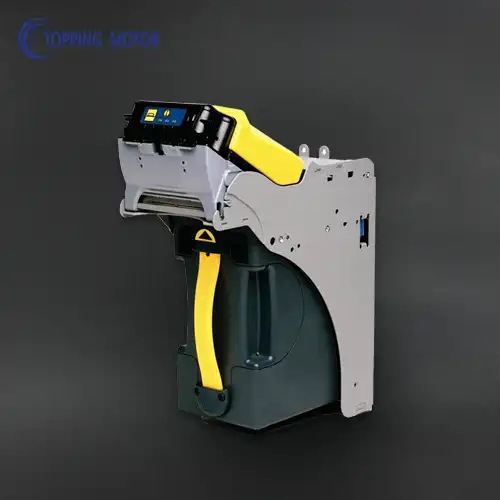
Coin Identification
The course of vending machine coin acceptors is a complex yet entrancing part of these gadgets Current products particularly electronic ones utilize a diverse way to deal with precisely distinguish and approve products of various divisions and types This cycle ordinarily includes breaking down a few vital qualities of each embedded coin.
Coin size is one of the essential elements utilized in ID The breadth and thickness of a product are estimated as it goes through the acceptor These aspects are contrasted with put away information for legitimate products with tight resiliences to guarantee exactness While size alone isn't adequate for conclusive ID it fills in as a vital initial phase in the approval cycle.
Weight is one more basic calculate coin ID Progressed products use accuracy sensors to quantify the mass of each product As various categories and monetary standards frequently have particular weight details this estimation gives one more layer of approval Anyway weight alone can be handily copied by forgers so it is regularly utilized related to other recognizable proof strategies.
The product use electromagnetic sensors to analyze the metallic properties of the products. Different metals and alloys respond differently to electromagnetic fields, allowing the acceptor to create a signature for each products type. This method is especially effective because it can detect subtle differences in composition that might not be apparent through other means. The metal composition of a coin plays a significant role in its identification.
Acoustic sensors are also used in some advanced products. These sensors look at a coin's sound profile as it moves through the acceptor. Each type of products makes a unique sound based on its size, weight, and composition, making it easier to identify the product.
The data from each sensor is processed and compared to stored profiles of valid products. If all characteristics match within acceptable tolerances, the product is accepted. If any discrepancy is detected, the product is rejected. This multilayered approach ensures that vending machines can handle a wide range of currencies and denominations while maintaining a high level of security against counterfeiting. The combination of these various identification methods enables modern coin acceptors to achieve high levels of accuracy in coin validation.
Anti-Counterfeiting Measures
As vending machines have become more complex so too have the strategies utilized by forgers To battle this continuous test vending machine coin acceptors utilize a scope of hostile to duplicating measures intended to distinguish and dismiss counterfeit coins These actions frequently include a blend of methods each focusing on various parts of product approval.
They use electromagnetic sensors to detect the specific magnetic properties of genuine products. Since counterfeit coins frequently fail to accurately replicate the magnetic signature of genuine currency, this is an effective method of detection. Advanced systems can even detect the specific pattern of magnetic fields in products, adding an additional layer of security. One of the primary anti-counterfeiting measures used in products is magnetic checks.
Optical checks give a different line of guard against falsifying High-goal optical sensors in products can identify minute subtleties on the outer layer of products including etchings edge examples and even microtexts These elements are frequently hard for forgers to duplicate precisely Optical frameworks can likewise quantify the reflectivity of coins which can shift in view of the metal sythesis and surface treatment.
Weight checks stay a significant enemy of forging measure Progressedproducts use accuracy scales to gauge the heaviness of each product to parts of a gram While weight alone isn't adequate to identify all fakes it is exceptionally compelling when joined with different measures Fake products frequently neglect to match the specific load of real cash particularly while attempting to mirror products made of valuable or specific metals.
Acoustic analysis is also used by some sophisticated products to identify counterfeits. When a product strikes a surface or passes through an acceptor, it makes a distinctive sound. This sound is influenced by the coin's weight, size, and metal composition. Counterfeit coins frequently produce sound signatures that are distinct from genuine currency, allowing for a different method of detection.
This multi-faceted approach significantly increases the difficulty of producing a counterfeit the product that can fool the system. Additionally, the algorithms used to process this data are continually updated to address new counterfeiting threats, ensuring that vending machines remain secure against fraud. Many products use a combination of these techniques, analyzing data from multiple sensors simultaneously.
High Quality Vending Machine Coin Acceptor
Topping Motor has over 10 years of involvement and our item viable with different candy machines In the event that you are picking your vending machine coin acceptor producers welcome to reach us at inquiry@vendingmachinepart.com.
The ability to accurately identify products, validate currency, and detect counterfeits ensures the smooth operation of vending machines while protecting both consumers and operators. As technology advances, we can anticipate products to become even more sophisticated, further enhancing the security and efficiency of vending machine transactions. In conclusion, vending machine coin acceptors are sophisticated devices that play a crucial role in the operation of automated retail systems. From their humble beginnings as straightforward mechanical sorters to today's advanced electronic systems, coin acceptors have evolved to meet.
References
1. Vending Times. (2023). "The Evolution of Coin Acceptors in Vending Machines."
2. Journal of Automated Merchandising. (2022). "Comparative Analysis of Mechanical, Optical, and Electronic Coin Acceptors."
3. IEEE Transactions on Instrumentation and Measurement. (2023). "Advanced Techniques in Coin Identification for Vending Machine Applications."
4. International Journal of Vending Technology. (2022). "Anti-Counterfeiting Measures in Modern Coin Acceptors: A Comprehensive Review."
Send Inquiry

